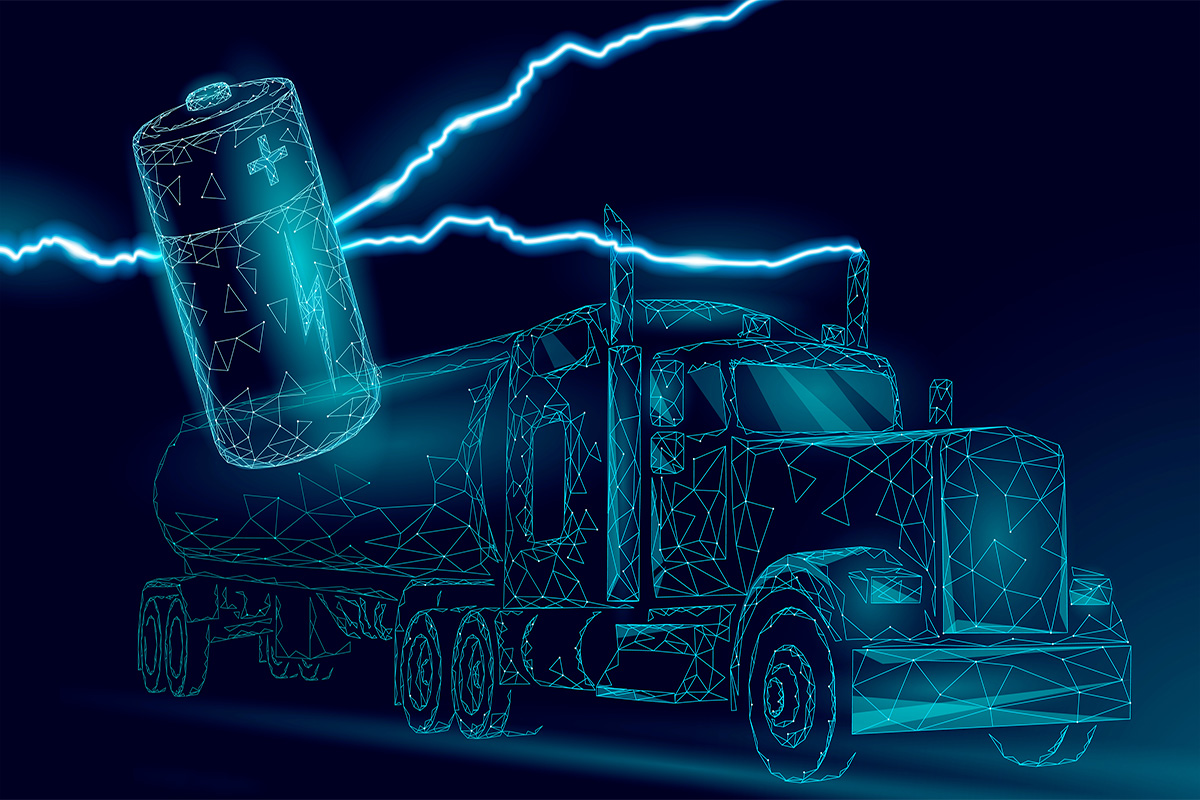March 27, 2018
Working the Weather: Driving in the Rain
Struggling with bad weather conditions on the road is an ever-repeating process for truck drivers, and driving in the rain is one of those situations that bring significant dangers and stress.
Here are some things you need to know as a truck driver before driving in the rain.
Driving in the Rain: Understanding the Dangers
Finding ways to ensure safety during bad weather conditions is essential. Rainfall is one of the main culprits for many road accidents, and the worst thing is, unlike the snow, we have it all year round.
It is critical to understand the dangers it can pose and how to prepare for them.
Driving in the Rain: Visibility
With winter retreating, the dangers of icy and snow-covered roads become a thing of the past, and although spring brings relief for truck drivers, it also brings driving in the showers along with it.
Even when there is no frost, water can still have a tremendous effect on driving ability and vision. Heavy rains can impair sight, which is even more dangerous when the roads are wet and slippery.
Truck drivers need to keep their eyes rested and their minds concentrated when driving in the rain. A suitable sleeping routine can help a lot, but the crucial thing is not to have worn-out wipers and a greasy windshield.
Driving in the Rain: Slippery when Wet
Another danger wet roads pose to truck drivers is hydroplaning, a term used to describe the effect of a vehicle sliding out of control on a slippery, wet surface.
The water on the ground causes loss of traction for tires resulting in loss of control of the steering and braking, especially if a vehicle as heavy as a truck gains inertia.
It is most hazardous after a light drizzle gets in touch with oils on roads, creating a recipe for disaster.
Driving in the Rain: Prepare Well
Being aware of the dangers of bad weather conditions is one thing, but preparing for them can save lives. Vehicle maintenance is a crucial factor not only for truck drivers.
Regularly checking your tire pressure and rotation should always be the first step in road safety when driving in the rain. A simple task such as this one ensures that the tires are always in top condition and lower the chance of above mentioned hydroplaning.
Another obvious way to avoid hydroplaning is adjusting the speed to bad weather conditions. Slowing down when driving in the rain allows truck drivers more response time and keeps tires firmly stuck on the ground, despite the watery layer between them.
Knowing the dangers driving in the rain can have and having the time to prepare for them properly improves the chances of reaching an intended destination safely.
Truck drivers and all other operating on the roads should practice safe conduct when driving in the rain or other bad weather conditions.



